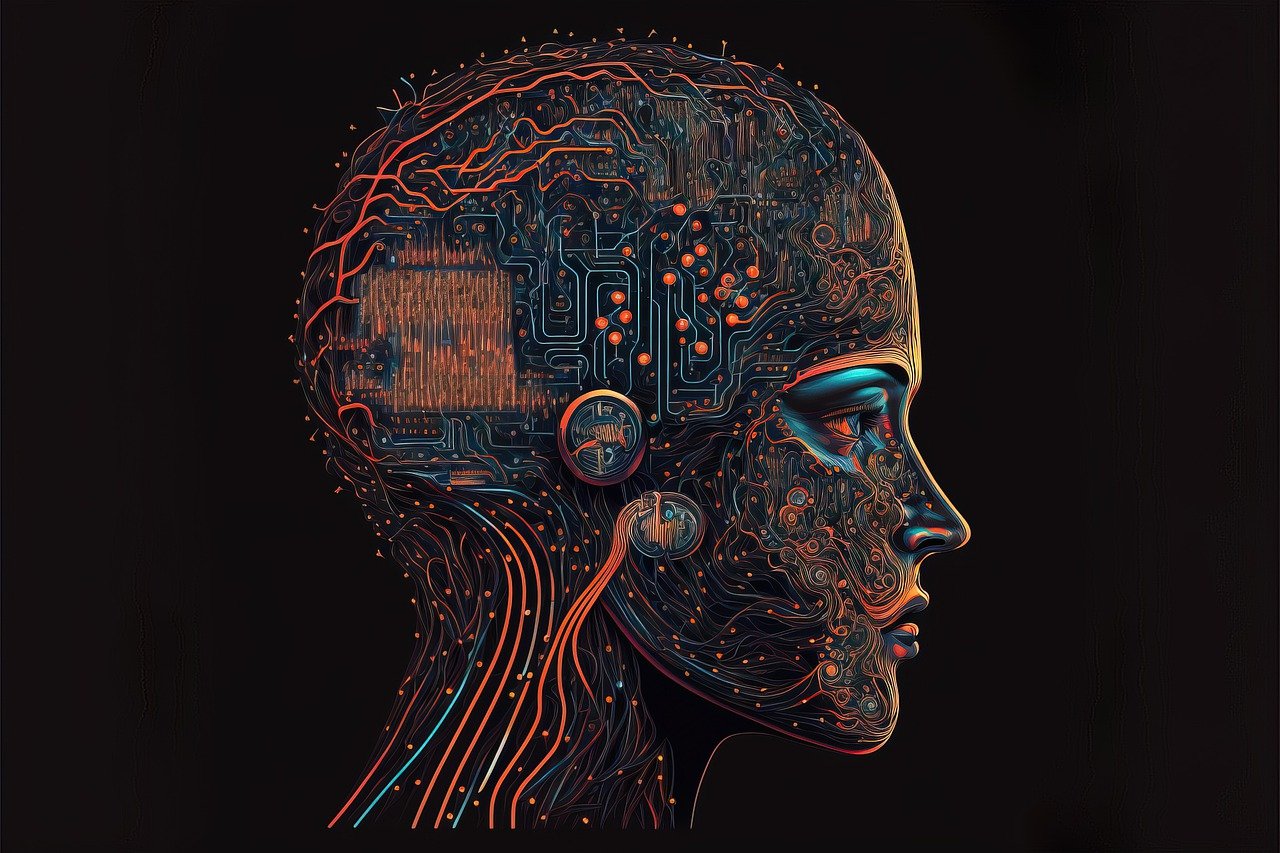
Are we teetering on the brink of a digital apocalypse? As cyber threats surge beyond imagination, the delicate balance between innovation and security is blurrier than ever. This hidden danger could redefine everything we know about the internet.
In a world where data is the new currency, cybersecurity evolves every second—sometimes faster than we can keep up. Today, we're diving into groundbreaking innovations that are reshaping the future of online safety, and why they matter more now than ever before.
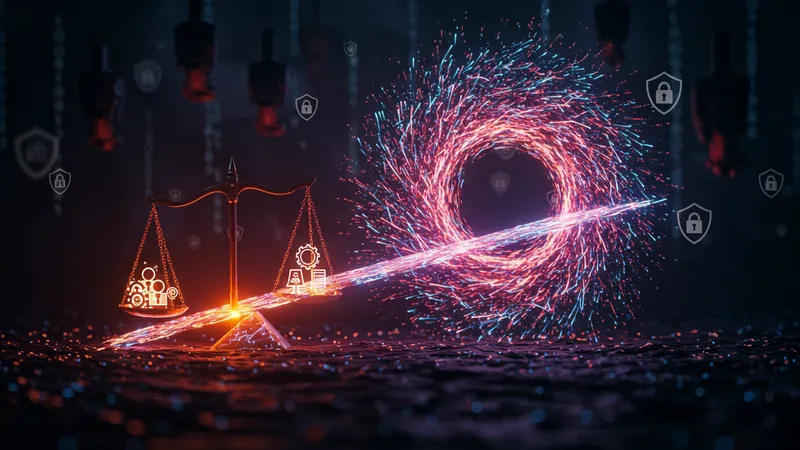
Did you know over 43% of cyber attacks target small businesses, yet most remain unprepared? Shockingly, the cost of these breaches can reach millions, leading to catastrophic outcomes. But that’s not even the wildest part…
Consider this: biometrics, once a sci-fi fantasy, are swiftly becoming the standard authentication method. Fingerprints and facial recognition are just the beginning. What if I told you that soon your heartbeat might unlock your devices? Imagine the implications—but we're just scratching the surface...
What happens next shocked even the experts. The upcoming breakthrough innovations and the unsettling truth about privacy invasion will leave you in disbelief. Ready to discover the secrets that cybersecurity insiders are scrambling to address? The journey is just beginning.

Quantum cryptography promises an unbreakable security layer, leveraging the bizarre principles of quantum mechanics. Conventional encryption might soon be obsolete as quantum computers break traditional codes with ease. But there’s one more twist…
This technology isn't just theoretical. Countries like China and the US are racing to pioneer it for national defense, with significant investments in quantum infrastructure. Yet, how protected are civilian networks from this new cryptographic prowess? The answer might surprise you.
For companies, integrating quantum cryptography could mean the difference between safety and a catastrophic breach. A single mistake might expose sensitive data to irreparable cyber attacks. But that’s not the only challenging aspect…
As quantum technology evolves, so do the ethical dilemmas. Should these advancements be accessible to all, or should stringent controls limit them to avoid misuse? What you read next might change how you see security forever.

Artificial intelligence isn't just a tool for cybersecurity—it's a battleground. While AI-powered systems revolutionize threat detection by learning patterns and predicting breaches, the same technology empowers cybercriminals to automate attacks. But there's a catch…
AI-augmented tools like Cyberbit and FireEye are showing unprecedented efficacy in neutralizing threats. Yet, these solutions come with high costs and steep learning curves. Small businesses often find themselves left in the lurch. What happens when AI falls into the wrong hands?
The persuasive algorithms used for security can generate deceptive social engineering attacks at scale. Imagine a phishing scheme so convincing that even your bank’s algorithms fail to detect it. But amidst this threat, a hidden opportunity emerges…
AI’s evolution in cybersecurity is forcing a reevaluation of human intervention. Are we prepared to trust machines entirely, or will we see a resurgence of human dependency for strategic oversight? The implications are staggering.
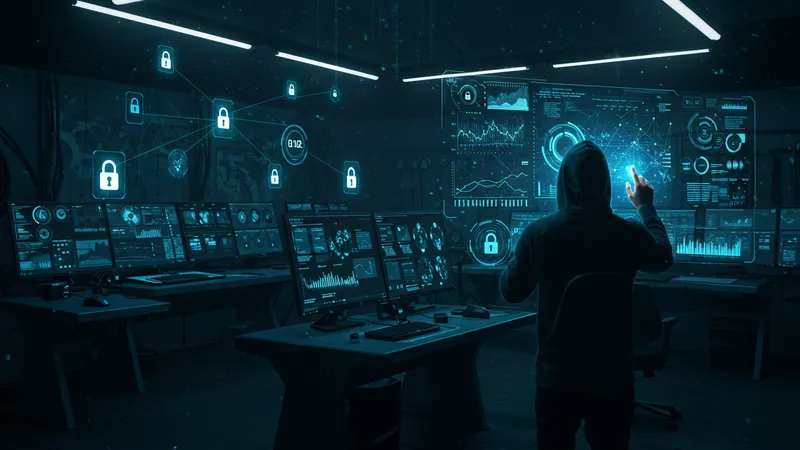
With IoT devices set to exceed 75 billion by 2025, vulnerabilities have magnified a hundredfold. Gartner estimates that over 25% of cyberattacks will involve IoT by then. The connectivity revolution opens doors for hackers like never before. But here’s the kicker…
From smart fridges to connected cars, these devices collect extensive data daily, often with lax security measures. How would you feel if a cybercriminal accessed your entire home through your thermostat? This scenario is no longer a distant possibility.
Efforts to standardize IoT security, such as the introduction of IoT-specific firewalls, are underway. Still, the sheer volume and diversity of devices make it an uphill battle. And the most staggering part is yet to come…
Companies toying with blockchain for secure IoT solutions may finally bridge the security gap. But deploying blockchain at this scale requires technological leaps we’ve yet to fully realize. How this unfolds could redefine device security itself.

While technical defenses fortify against outside attacks, the human element remains the weakest link. Social engineering attacks have skyrocketed, morphing in sophistication and deception. These attacks play on human nature rather than technical flaws. But wait, there’s more…
Techniques such as spear-phishing and pretexting duplicitously manipulate individuals into divulging sensitive information. Even security experts aren't immune to finely crafted deceptions. Imagine hackers turning a charity call into a full-blown security breach.
Combating these threats requires combining education with cutting-edge tools. However, fostering awareness across an enterprise is challenging and often underprioritized. This gap leaves organizations perpetually at risk. But the surprise doesn't end here…
Emerging AI-driven training modules might revolutionize how we educate and arm users against these manipulations. If successful, the blending of technology and behavioral acumen might just fortify the most vulnerable link in cybersecurity.

As organizations flock to cloud services for flexibility and collaboration, vulnerabilities multiplicate in magnitude. The shift to cloud computing introduces risks beyond familiar territory, revealing new weaknesses daily. What happens when the cloud falters?
Cases like the Capitol One breach have exposed critical data security pitfalls. Often, configurations are either too complex or too lax, paving routes for unauthorized access. The big cloud advantage suddenly seems short-lived.
Cloud security solutions like Microsoft Azure Sentinel are stepping up, promising better oversight and security management. But even these sophisticated systems are not foolproof. So, what lies beyond this horizon?
This cloud journey pushes us to reimagine backup systems and stringent access controls as staples rather than options. Only time will tell if these measures can withstand the digital storm clouding the cyber realm.
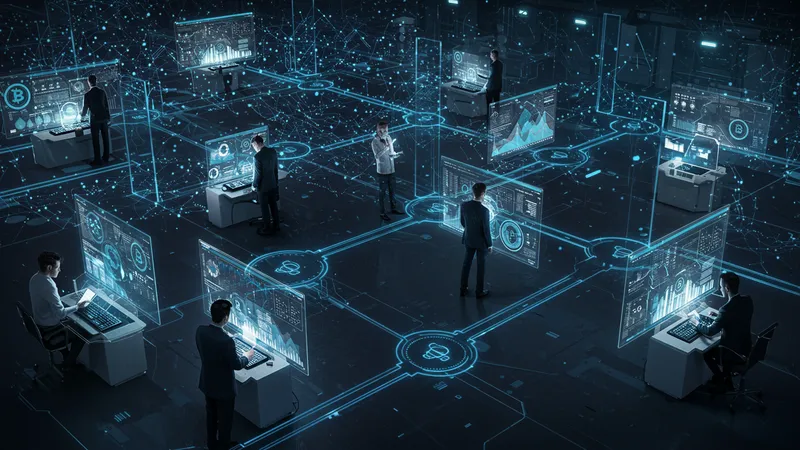
As blockchain steadily embeds itself into mainstream applications, its robust security promises a future without breaches. Immutable and transparent, blockchain’s decentralized nature makes it a formidable candidate for securing data. But the full story is still unfolding…
Applications span finance, supply chain, and beyond. Cryptography enthusiasts herald blockchain as an ultimate solution against tampering. Yet, hurdles like scalability and energy consumption loom large.
Industry giants are experimenting with blockchain-based solutions. Yet adopting this technology universally involves combating myths and substantial initial investments. The hype, though substantial, calls for a grounded perspective.
Developing adaptable blockchain solutions might transform digital interactions. Realizing its potential could bolster far more than just cybersecurity. But what does this mean for global security plans? Another layer reveals itself...
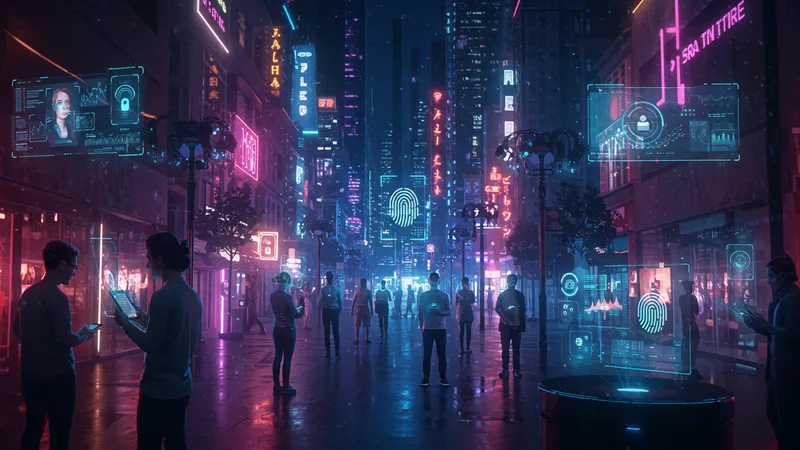
Once confined to science fiction, biometrics now govern security across sectors—from airports to personal devices. Yet, their role in cybersecurity is complex, promising convenience while raising ethical questions. The real implications run deeper than expected.
Imagine a world where passwords become obsolete, replaced by unique biological markers. This shift could redefine security protocols globally. Yet, privacy concerns and ethical dilemmas linger unresolved.
While seamlessly integrated biometrics enhance security, they demand rigorous standards and oversight. Who governs biometric data, and what happens if these identifiers are compromised?
These questions prompt a reexamination of biometric systems. Evolution in regulation, technology, and public perception will determine the course. The tapestry of cybersecurity is about to gain another color…

The rapid evolution of cyber threats has thrust privacy legislation into the spotlight. Laws like GDPR constitute vital steps toward safeguarding personal information, yet enforcement lags. Is privacy protection catching up or falling behind?
The complexity of global legislation creates inconsistencies. Companies toe the line, often inadvertently bending rules. As regulations adapt, so too must corporate strategies, often challenged by loopholes and enforcement gaps.
Yet, there’s hope. Rising public consciousness translates into bold calls for stronger protections. Businesses find renewed opportunities in transparent practices. This alignment carries potential beyond compliance.
In this evolving regulatory landscape, what's at stake isn’t just corporate reputation—it’s the very trust that underpins our digital lives. As future laws unfold, the balance between freedom and security is put to the ultimate test.

Knowledge is the first line of defense against cyber threats. Yet, most breaches occur due to human error or lack of training. Edifying the masses is crucial, but are these measures keeping up?
Comprehensive security training programs, though essential, are often insufficient and sporadically deployed. Regular updates and continual vigilance are necessary to outpace dynamic threats.
Real-world scenario-based training modules are emerging, focusing on practical application rather than theoretical knowledge. These methods may well redefine corporate security training paradigms.
Ultimately, the quest for cybersecurity excellence hinges on equipping users with the right tools and insights. The future of security training might just become a game-changer beyond expectation.

As attacks grow more pernicious, resilience rather than absolutism drives innovation in cybersecurity. Emphasizing recovery alongside prevention becomes key in this evolving landscape. How prepared are we for what’s next?
Organizations are realizing the significance of robust contingency strategies. Cyber-resilience relies on rapid detection and recovery systems, capable of bouncing back from attacks without crippling expenses.
New protocols strive to balance customer engagement with security. Building trust through streamlined recovery processes fosters consumer confidence, even amidst breaches. This dual focus might just redefine resilience strategies.
With entire economies hinging progressively more on technology, strengthening resilience equates to securing our digital future. As attackers evolve, so too must our defenses in this cat-and-mouse game. This ongoing dance is only just beginning...

Cyber warfare blurs the line between military conflict and cyber threats, becoming a critical risk. National security hinges on adeptly navigating cyber grids, yet global tensions complicate this mission. What’s truly at stake?
State-sponsored attacks showcase unprecedented capabilities, often targeting infrastructure with geopolitical motives. The implications of cyber warfare reach far beyond borders—into the very fabric of international peace.
Efforts to curb these threats evolve continuously, involving alliances and clandestine operations. Arms races cease to be limited to conventional weaponry, demanding global cooperation to demystify and mitigate these conflicts.
The path forward requires unwavering vigilance. Recognizing cyber threats as national security imperatives might challenge historical paradigms, compelling an overhaul of military strategies. The stakes grow higher with every byte.
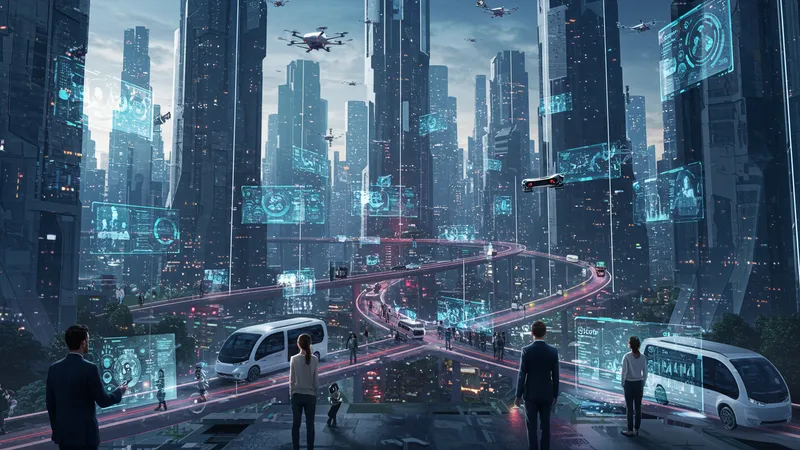
The convergence of these trends forecasts a future where the dynamics of cybersecurity redefine our digital existence. Shifting paradigms demand dynamic strategies, compelling us to anticipate threats and innovate defenses. But this transformation holds more.
As technologies intertwine and evolve, the network's resilience faces constant tests. Stakeholders play pivotal roles in fostering an agile security ecosystem that adapts with foresight and precision.
Cyberspace continues to expand, intensifying demands on security infrastructures. Bridges between innovation and security trust grow vital across industries. Our collaborative efforts are crucial to shaping an equitable digital space.
What happens next isn’t mere evolution—it’s a paradigm shift in which cybersecurity influences myriad facets of our world. The time to act is now, with every advancement offering a blend of challenge and opportunity. Share these insights, engage in dialogue, and help reimagine a safer digital future for all.
The future of cybersecurity isn't just about protection—it's a call to action for building a resilient and cohesive digital era. Don’t let complacency hinder progress. Share this knowledge, bookmark these findings, and contribute to a collective journey toward enhanced safety. What you do today can define cybersecurity's course for generations. It's time to act.